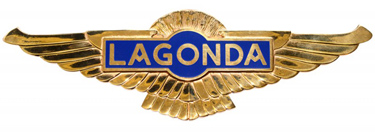
Lagonda Automobiles 1906-1940
Lagonda is a British car marque, founded as a company in 1906 in Staines, Middlesex by a former opera singer from Ohio named Wilbur Gunn (1859–1920). He named the company after a river near the town of his birth Springfield, Ohio, United States. Wilbur Gunn had originally built motorcycles on a small scale in Staines with reasonable success including a win on the 1905 London—Edinburgh trial.
In 1907 he launched his first car, the 20-hp, 6-cylinder Torpedo, which he used to win the Moscow—St. Petersburg trial of 1910. This success produced a healthy order for exports to Russia which continued until 1914. In the pre-war period Lagonda also made an advanced small car, the 11.1 with a four-cylinder 1000 cc engine, which featured an anti-roll bar and a rivetted monocoque body and the first ever fly-off handbrake. After World War I, continued the 11.1 with a larger 1400-cc engine and standard electric lighting as the 11.9 until 1923 and the updated 12 until 1926.

The first of the company’s sports models was launched in 1925 as the 14/60 with a twin-cam 1954-cc 4-cylinder engine and hemispherical combustion chambers. A higher output engine came in 1927 with the 2-litre Speed Model which could be had supercharged in 1930. A lengthened chassis version, the 16/65, with 6-cylinder 2.4-litre engine, was available from 1926 to 1930. The final car of the 1920s was the 3-litre using a 2931-cc 6-cylinder engine. This continued until 1933 when the engine grew to 3181 cc and was also available with a complex 8-speed Maybach transmission as the Selector Special.
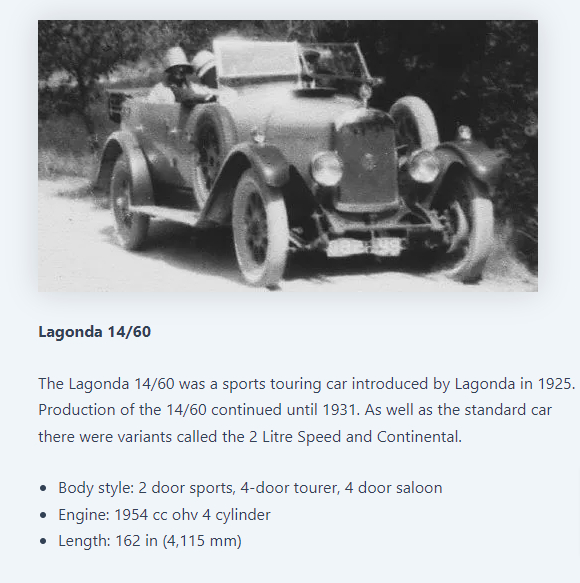

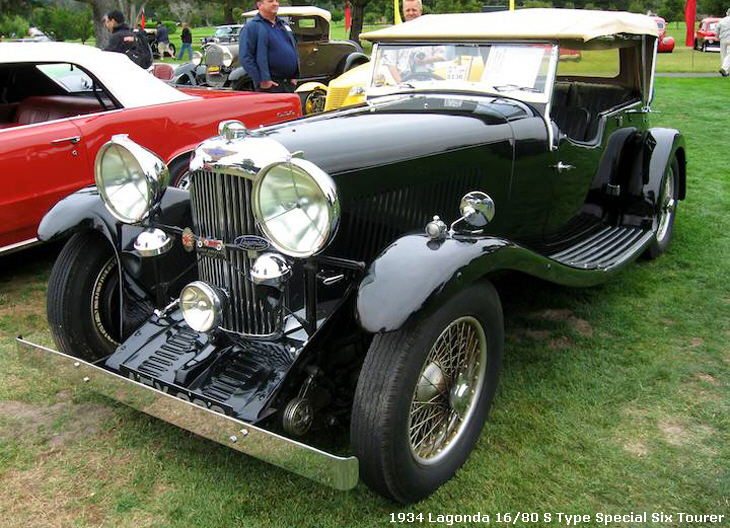
A new model for 1933 was the 16-80 using a 2-litre Crossley engine with pre-selector gearbox from 1934. A new small car, the Rapier came along in 1934 with 1104-cc engine and pre-selector gearbox. This lasted until 1935 but more were made until 1938 by a separate company. At the other extreme was the near 100-mph, 4.5-litre M45 with Meadows-supplied 6-cylinder 4467-cc engine. An out and out sporting version the M45R Rapide, with tuned M45 engine and a shorter chassis. Also in 1935 the 3-litre grew to a 3.5-litre.
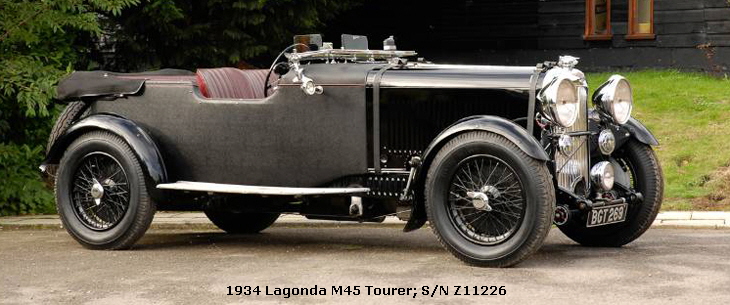
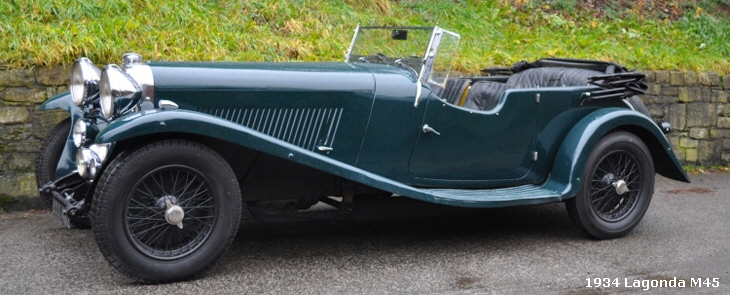

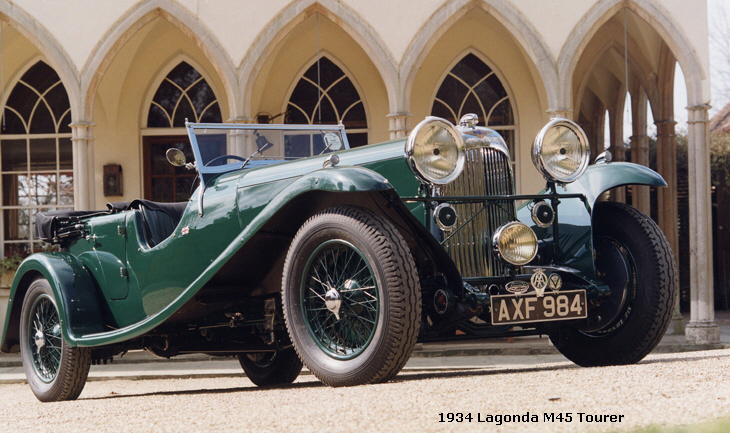

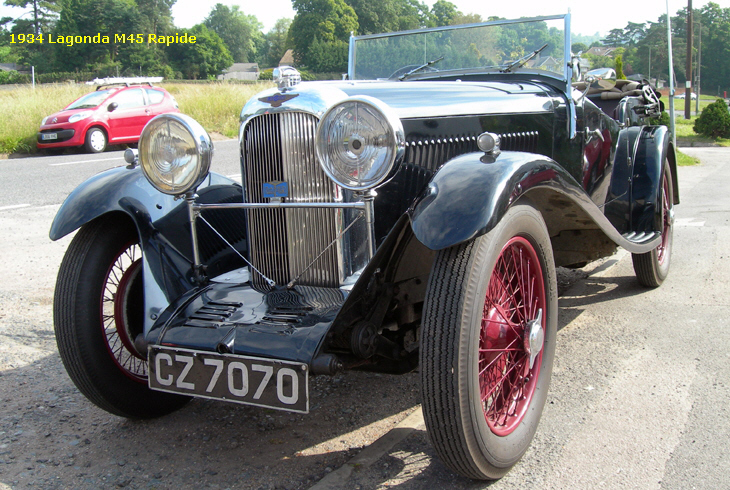

In 1935, the company was bought by Alan P. Good, who outbid Rolls-Royce. He also persuaded W. O. Bentley to leave Rolls-Royce and join Lagonda. The 4.5-litre range now became the LG45 with lower but heavier bodies and also available in LG45R Rapide form. The LG45 came in 3 versions known as Sanction 1, 2 and 3 each with more Bentley touches to the engine.
In 1938 the LG6 with independent front suspension by torsion bar and hydraulic brakes. Bentley’s masterpiece was the V12 was launched in 1937. The 4480-cc engine delivered 180 bhp and was said to be capable of going from 7 to 105 mph in top gear and to rev to 5000 rpm. The car was exhibited at the 1939 New York Motor Show, The Lagonda Rapide model was the highest price car at $8,900. The power plant is a twelve-cylinder V engine developing 200 horsepower.
In 1947, The company was purchased by Aston Martin. Production restarted with the last model from W. O. Bentley, the 1948 2.6-Litre with new chassis featuring fully independent suspension. Its new 2580 cc twin overhead cam straight 6 became the basis for the Aston Martin engines of the 1950s.
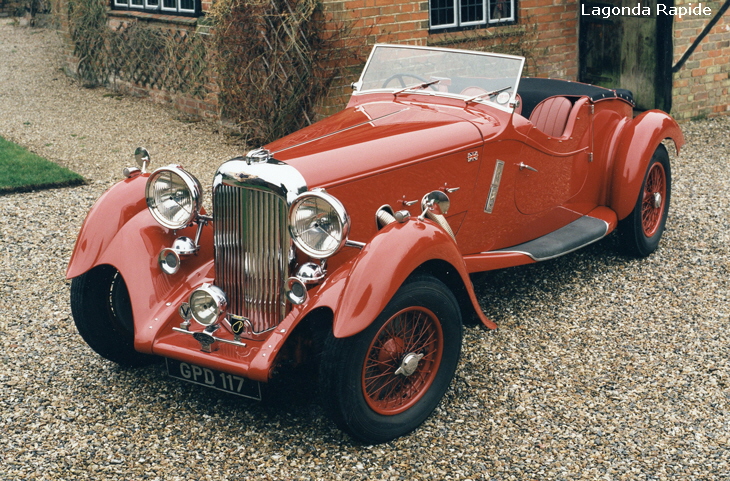
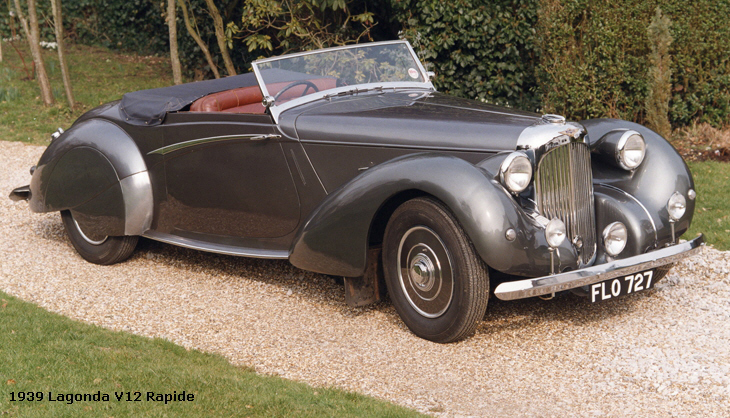
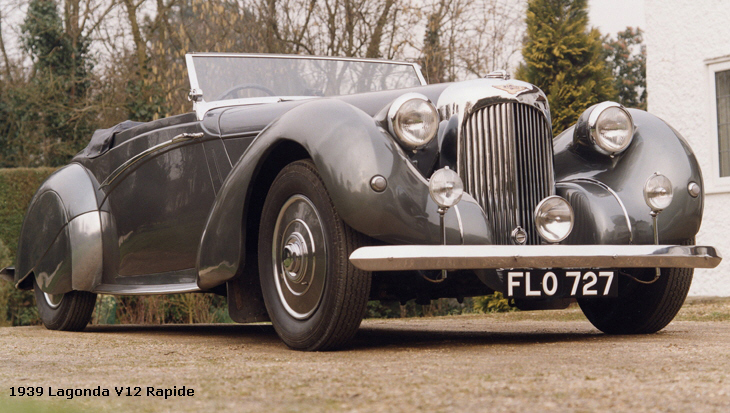



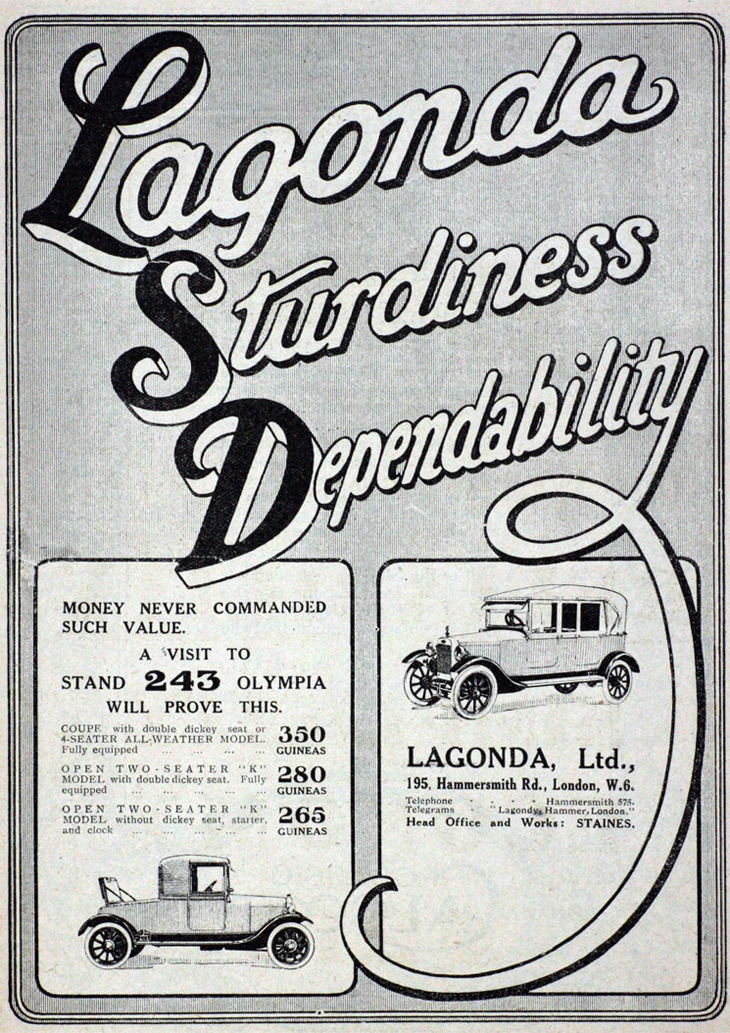
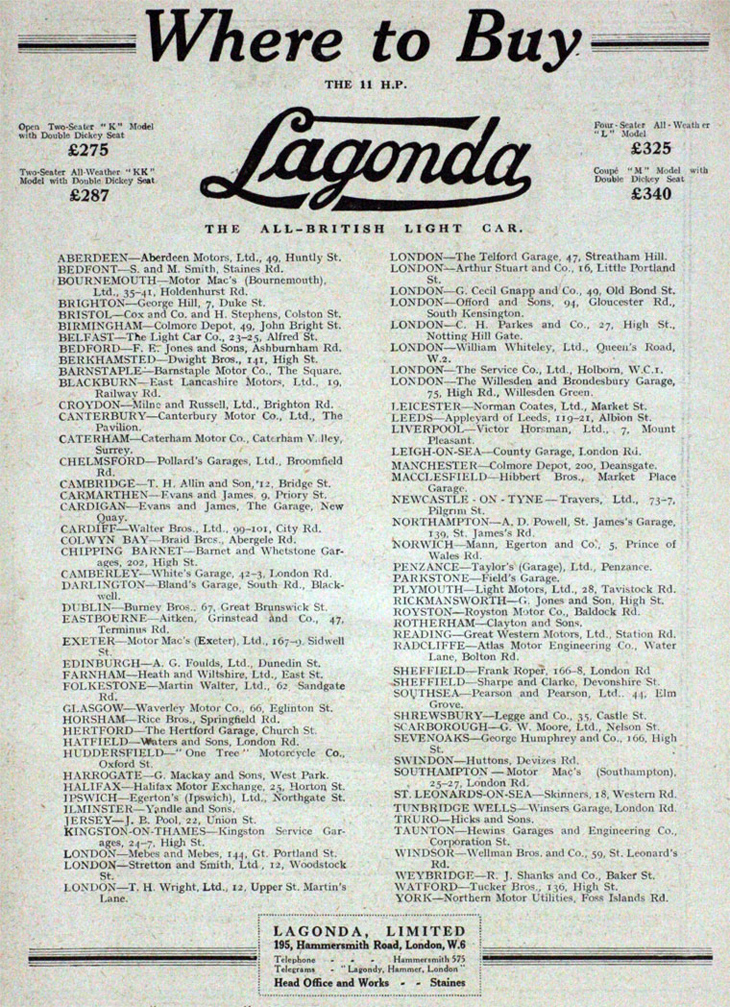


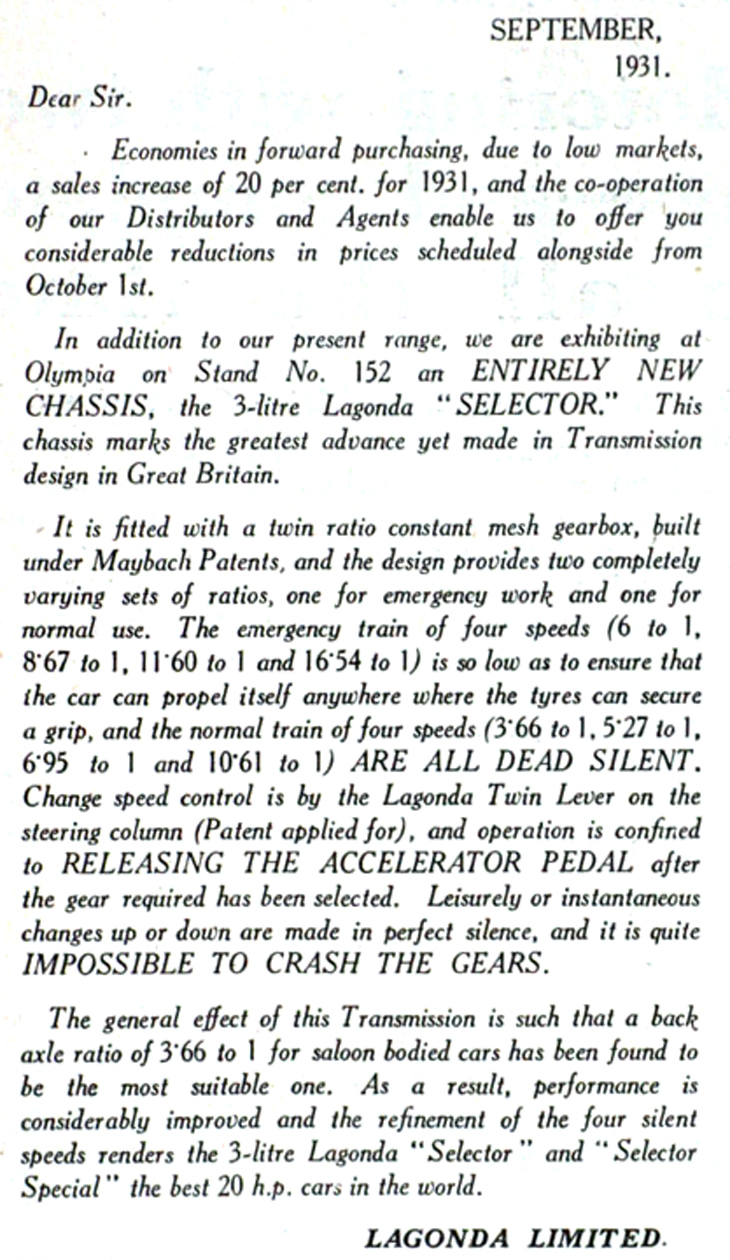

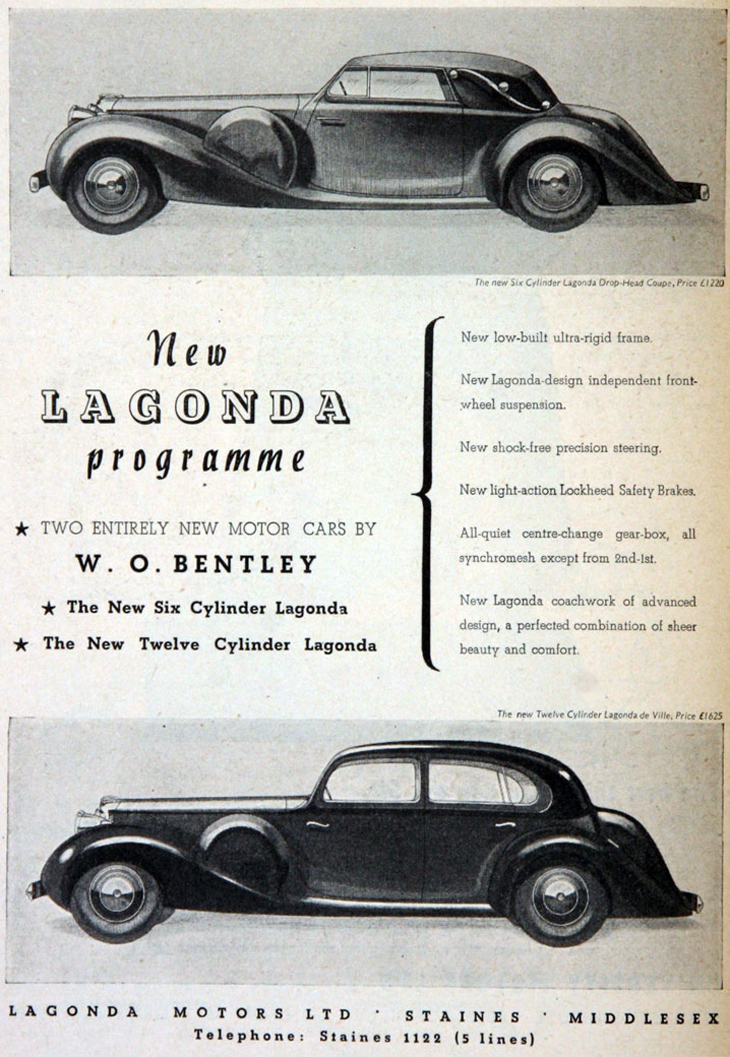


You must be logged in to post a comment.